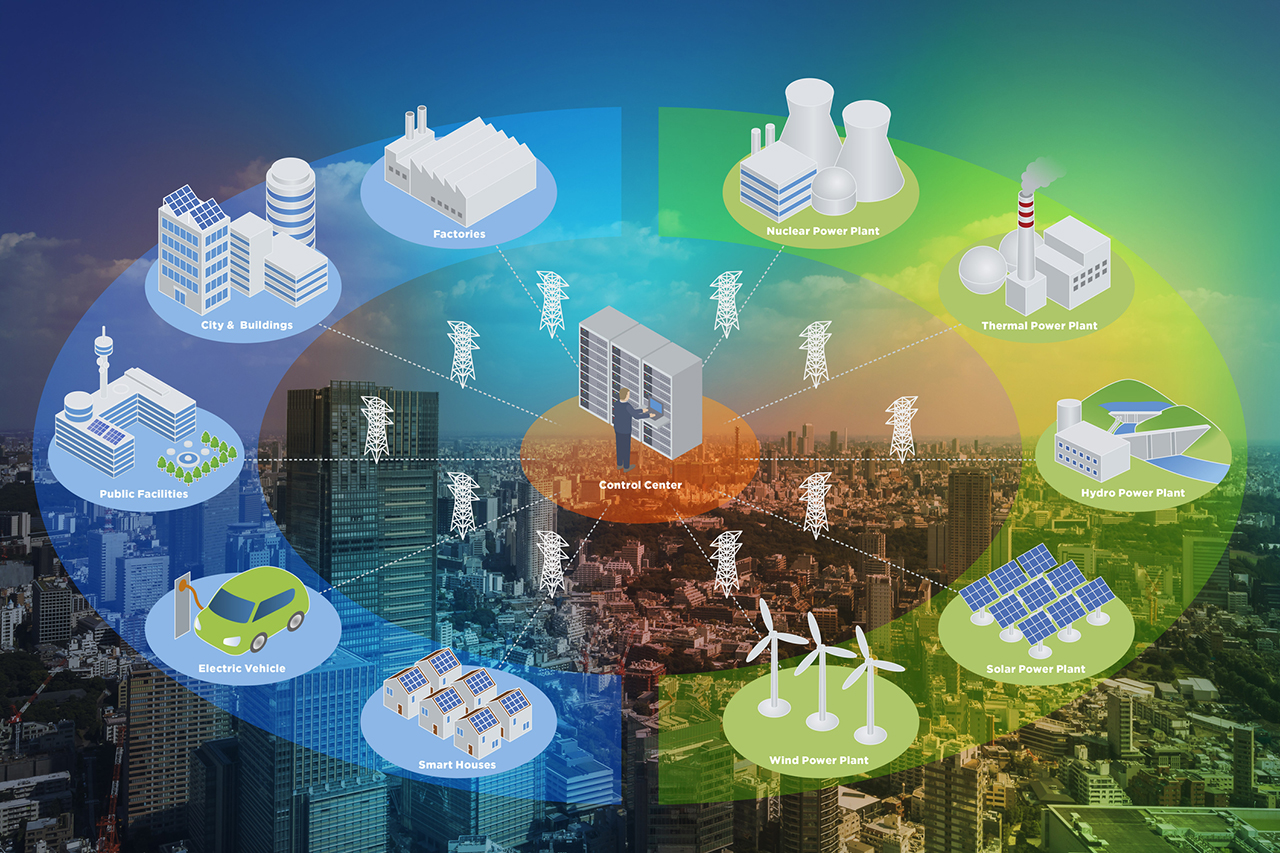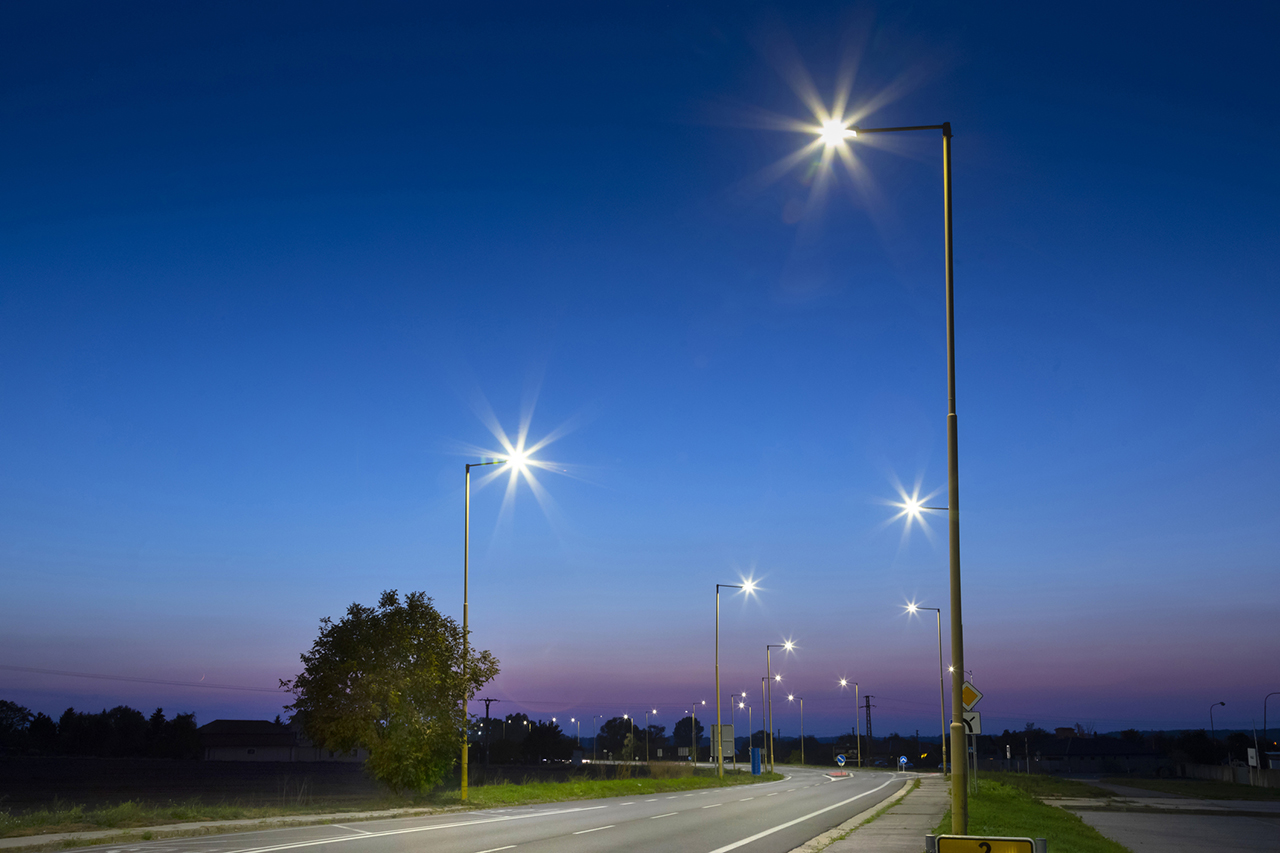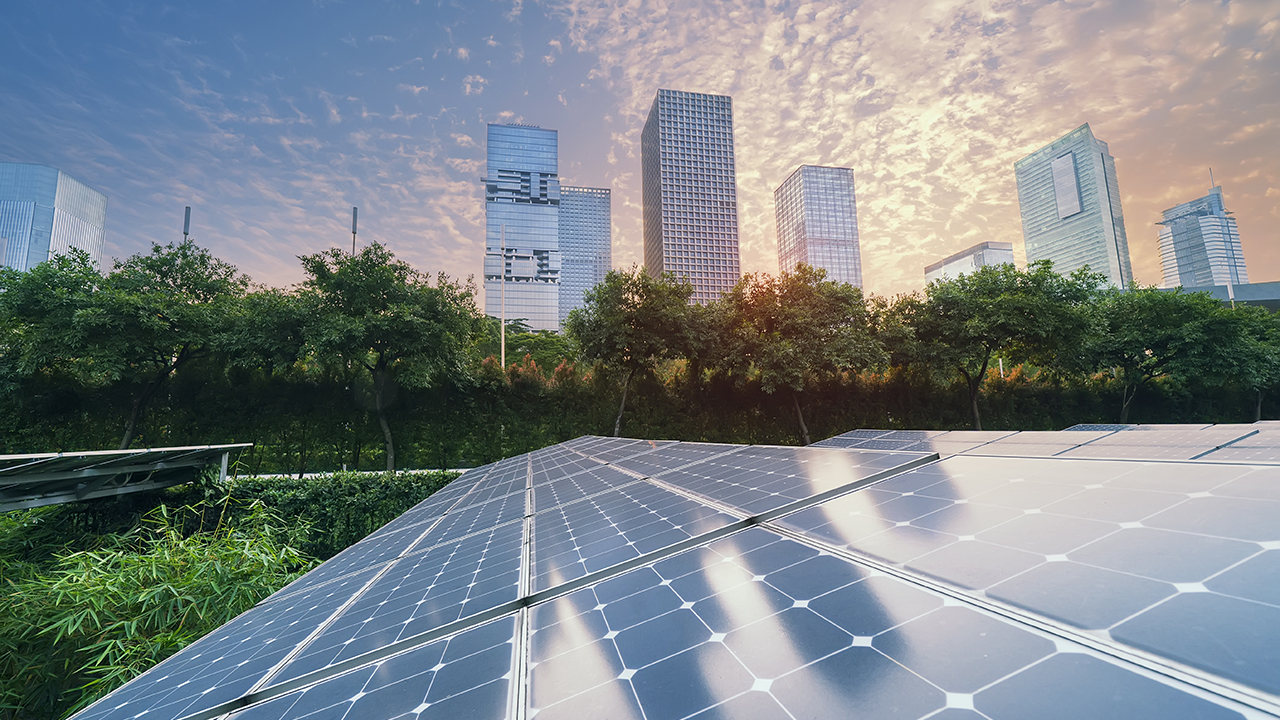The “grid” is the electrical network serving every resident, business and infrastructure service in a city. The “smart grid” is the next generation of those energy systems, which have been updated with communications technology and connectivity to drive smarter resource use.
The technologies that make today’s IoT-enabled energy grid “smart” include wireless devices such as sensors, radio modules, gateways and routers. These devices provide the sophisticated connectivity and communications that empower consumers to make better energy usage decisions, allow cities to save electricity and expense, and enables power authorities to more quickly restore power after a blackout.
The growing trend today is for municipalities to move toward smart grid technologies for a range of reasons. These include the need to improve energy usage, provide better customer service to their citizens, prepare for disasters and upgrade aging technology that is expensive to maintain. As well, advances in technology have made wireless, both cellular and RF (radio frequency), affordable and easy to use in smart grid applications.
According to
Scientific American there are 200,000 miles of high voltage transmission lines in the United States that collectively carry more than one million megawatts of electricity. The problem for the U.S. is that a lot of this infrastructure was built in the twentieth century in a multi-billion dollar project conceived and executed largely before the invention of the Internet, and certainly before cellular (and RF technologies) technology emerged as a viable replacement of expensive cable.
Smart Grid in Action

The businesses, services and private citizens that require electricity from the grid, and therefore stand to benefit when municipalities adopt smart grid technologies, span every resident, city service and critical infrastructure installation. While we won't cover every use case, some key examples can help to illustrate the impact of the movement to the smart grid.
Smart grid allows a power company to assess system health in significantly more detail than was previously possible. For instance, with smart meters the power company can discover real time power demands with a granularity and accuracy that is simply not possible with older technology. This can allow them to better predict and respond to sudden increases in demand, which can help to prevent blackouts.
In the event that a blackout does occur, IoT devices that use cellular and RF technology installed in transformers and substations can automatically redirect power. That can allow for a faster, easier fix versus having to dispatch service personnel in a truck each time the power goes out. As stated on
SmartGrid.gov:
“A smarter grid will add resiliency to our electric power system and make it better prepared to address emergencies such as severe storms, earthquakes, large solar flares, and terrorist attacks. Because of its two-way interactive capacity, the Smart Grid will allow for automatic rerouting when equipment fails or outages occur.”
This idea of smart grid mitigating the effects of a terrorist attack is an interesting one and a topic we’ll cover in a later section. For now it would be informative to look at how smart grid can benefit a city.
How Smart Cities Are Adopting Smart Grid Technology

Smart city applications are vast, and include everything from smart city lighting, energy management and intelligent traffic management to water treatment and wastewater management.
Sensors in traffic lights can send information back to a central authority for decision making. Even better, with intelligent traffic systems, both surface traffic and public transportation can be managed with routing and traffic lighting to improve or eliminate congestion.
IoT sensors in streetlights can also adjust off and on timing and brightness according to real time conditions. Plus or minus a few watts might not sound like much. However, when considering the thousands or tens of thousands of streetlights that can be found in any given city, the savings and environmental impact quickly add up. Those same sensors can also send out an alert if a light needs servicing. No need to wait for a call from an angry customer complaining about street lights being out.
Additionally, with a sophisticated
remote management solution, technicians can remotely troubleshoot the issue and determine whether or not to send a truck. In the past, a truck roll – a highly expensive proposition compared to a fast firmware fix or reboot from a management system in the home office – was inevitable.
Smart meters enable
demand response which lets home and business owners see real time pricing information so that they can adjust their energy usage accordingly. For example, switching off the AC, or turning down the thermostat in winter. Most of all smart meters will benefit electric car owners. With real time pricing information EV owners will be able to charge their cars when electricity is the cheapest and avoid charging, if possible, during times of peak demand.
The Top Three Benefits of Smart Grid

While there are numerous benefits to smart grid the following three instances show just how useful an updated power grid can be.
1. Smart Grid Enables Renewable Energy Generation
Traditional energy grids are designed to transmit electricity from a large, centralized power station to a wide network of homes and businesses in the area. At this stage, the electric grid
is not designed to accept inputs from homes and businesses that are generating power via solar panels or windmills. A smart grid
is designed to accept power from renewable resources.
Crucially, the smart grid in conjunction with wirelessly enabled smart meters can keep track of how much energy a net-positive establishment is generating and reimburse them accordingly. The smart grid also allows for monitoring of solar panels and equipment as well.
We mentioned earlier that a smart grid can mitigate the effects of a disaster such as a terrorist attack or natural disaster on a power station, a feat that’s possible due to decentralized energy generation. Under the traditional model, a small number of power plants powered a city. This left these services vulnerable to threats that would result in widespread blackouts and energy shortages. With a decentralized model, even if the centralized power plant is taken offline, multiple alternative sources, including wind and solar, can supplant the resources in the grid. This decentralized system is much harder to take offline and can provide a robustness that’s not possible when one plant is powering an entire city.
2. Better Billing, Better Predictions
Smart meters offer two benefits. First, via wireless IoT devices they can collect a tremendous amount of data, data that utility companies have never had access to before. Utilities can use that information to better forecast when electricity demands will be high and from what areas the demand will be highest.
Second, for consumers the smart grid means more efficient billing. Previously the costs of electricity during peak demand were averaged out among communities and neighborhoods. Now, if you use electricity while rates are high you’ll be billed for it. And if you turn off appliances and save electricity, your bill will drop accordingly. This increases the incentive for everyone to use electricity responsibly.
3. Smart Grid is More Resilient
A US DOE (Department of Energy)
report suggests that every year power outages in the United States cost businesses about $150 billion. While that’s only an estimate, even if only $50 billion a year lost these outages are a problem which must be solved.
With smart grid technology, power can be automatically rerouted as soon as a blackout happens, minimizing the effects on households and businesses. IoT sensors can also report on the condition of equipment so that repairs can be made before failure. Utilities can notify their customers (via email/social media) when there is an outage instead of reactively responding to customer calls reporting outages.
The Smart Grid as the Backbone of the Modern Smart City

According to the Solar Energy Industries Association, by 2018 the United States had enough solar panels installed to power
12.3 million American homes. Since 2013,
solar energy has always been either the first or second most added energy source in the US, in terms of total generation capacity. Cities are becoming increasingly aware of how important it is to generate electricity from renewable sources and supporting all of that energy generated from renewable methods requires the smart grid. An updated power grid will also become all the more essential as more households purchase an electric car that must be charged.
Smart Grid for the Future
Smart grid technology can be expressed in a single sentence: a new electric grid with two way communication. For the first time, businesses and consumers can get real time billing information while utility companies can better meet the needs of their customers as they react to demand spikes and fix or manage blackouts and other challenges. Smart grid is resilient, efficient and
green which is good for the consumer, the utility company and the environment. Wireless technology will replace thousands of miles of cable that would have been needed to advance the smart grid to where it is today.
Digi can support your smart city in adopting smart grid technologies.
Contact us to speak to an expert.